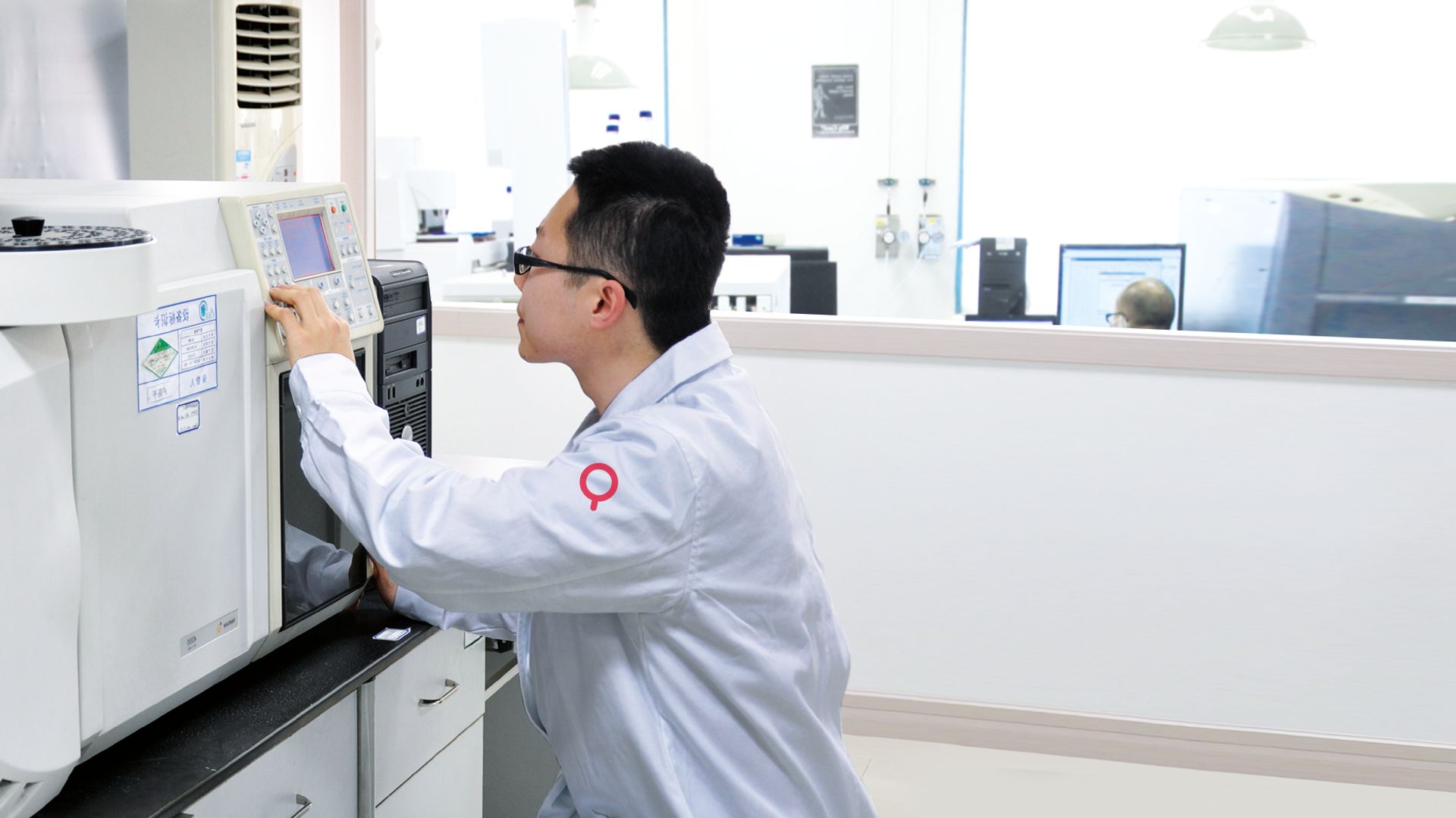الامتثال لـ RoHS
تساعدك اختباراتنا المعملية الخاصة بنفايات على إعداد لوائح RoHS وتنفيذها والامتثال لها. يتيح لك اختبار واعتماد RoHS طرح منتجاتك في السوق بثقة.
RoHS(توجيه الاتحاد الأوروبي 2002/95/EC) هو مجموعة من لوائح الاتحاد الأوروبي التي تقيد استخدام المواد الخطرة في المعدات الكهربائية والإلكترونية. ويحظر هذا التوجيه طرح أي منتج يحتوي على مكونات كهربائية/إلكترونية تحتوي على أكثر من العتبات المحددة للمواد التالية في أسواق الاتحاد الأوروبي:
الرصاص
الكادميوم
الزئبق
الكروم سداسي التكافؤ
ثنائي الفينيل متعدد البروم (PBB)
مثبطات اللهب متعددة البروم ثنائية الفينيل متعددة البروم (PBDE)
ثنائي (2-إيثيل هكسيل) الفثالات (DEHP)
بوتيل بنزيل بنزيل الفثالات (BBP)
فثالات ثنائي بوتيل الديبوتيل (DBP)
ثنائي أيزوبوتيل الفثالات (DIBP)
يجب أن تكون أي شركة تستورد أو تبيع سلعًا تحتوي على مكونات كهربائية في الاتحاد الأوروبي متوافقة مع معايير RoHS.
هل تحتاج إلى مزيد من المعلومات؟
بالتواصل مع QIMA فإنك توافق على سياسة الخصوصيةالخاصة بناوالشروط والأحكام.
اختبار الامتثال لـ RoHS
يتحمل المصنعون مسؤولية ضمان الامتثال لنظام RoHS. تضمن الاختبارات المعملية من طرف ثالث أن جميع دفعات الإنتاج قد تم اختبارها بشكل صحيح لجميع المواد الخطرة المقيدة بموجب RoHS.
يضمن لك اختبار RoHS الذي نجريه الامتثال لنفايات RoHS، مما يتيح لك بيع منتجاتك في سوق الاتحاد الأوروبي براحة البال. عملية اختبارنا سريعة ومرنة ويمكن دمجها في فحص مراقبة جودة المنتج الخاص بك.
نحن نختبر عينات عشوائية من إنتاجك، وليس عينة يريدك المصنع أن تختبرها، لضمان نتائج غير متحيزة. سوف تتلقى تقريرًا مفصلاً يخبرك إذا كان منتجك قد اجتاز اختبار الامتثال لـ RoHS أو فشل في اختبار الامتثال لـ RoHS.
مزايا QIMA
ذات تغطية عالمية في أكثر من 100 دولة في آسيا وأفريقيا وأوروبا وأمريكا الشمالية وأمريكا الجنوبية.
مرنة مع برامج وتقارير قابلة للتخصيص بالكامل من أجل توفير الوقت والتكلفة.
تستند على نهج قائم على المخاطر وتوفر بيانات تحليلية لمساعدتك على تحديد مشكلات الجودة والسلامة في سلسلة التوريد الخاصة بك ومنع حدوثها بشكل استباقي.
مُعتمَدة بالكامل ومُعتَرف بها من قِبل جميع الأنظمة والمخططات الرئيسية لفحص وتدقيق واختبار جودة وسلامة المنتجات.
مُزوَّدة بلوحة متابعة وتحكم في الجودة قابلة للتخصيص لتساعدك على تحديد اتجاهات جودة منتجاتك واتخاذ قرارات مبنية على المعلومات في الوقت الفعلي.
خدمة مُخصصة فائقة الأداء من فريق عمل إداري متفانٍ ومدير حساب شخصي لك ودعم عملاء مميز على مدار 24 ساعة.
Ranked #1 in the industry for customer satisfaction based on independent NPS measurement.
مزيد من القراءة
الدليل الإرشادي إلى RoHS
مخاوف RoHS الشائعة




